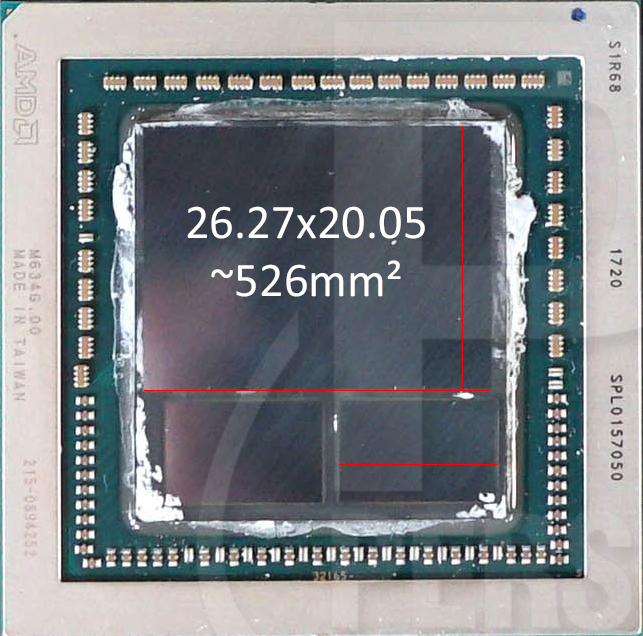Another possibility is that the early driver sometimes misdetects applications and chooses the wrong approach. That should be fixable easily and if utilized more broadly, the use of DSBR could speed up some possibly misdetected games as well.Thank you 3dilettante for your meanings. But if the rasterizer will fall back at such a simple task, you mean you need special software (Driver, Game,Bios?) that the rasterizer will not fallback?
You forgot to quote this just above the list:It's around 526 according to GamersNexus
http://www.gamersnexus.net/news-pc/2972-amd-vega-frontier-edition-tear-down-die-size-and-more
900 mm² for the whole package.
"As for measurements, we took a pair of calipers to get some rough measurements. These may be off by 0.25-0.5mm."
I do not know what kind of calipers they used, but taken into account their own assessment of their margin of error, we are looking at ~504-550mm² according to gamersnexus.net.
Last edited:


